

Apart from the prominent Phra Nang Phaya amulets of Pitsanulok province, this area also produced many other highly respected votive tablets such as the famous Phra Ta-Maprang amulets.
Phra Ta-Maprang amulets were discovered more than 100 years ago and interestingly were recorded at least twice in recent history, although there may have been other unrecorded discoveries.
The first time was in B.E.2440 when locals living near Wat Ta-Maprang temple found by chance an ancient Kru, or cell that had been untouched for centuries.
Shortly afterwards rumours were rife about the magical qualities of these Phra Ta-Maprang amulets which found in the kru.
In B.E.2445, a high ranking official of King Rama V, name Chaopraya Surasakdi had heard these rumours and wanted to know whether there was any truth in them.
He therefore requested that a small number of troops search the temple for any remaining amulets. A further kru was discovered full of amulets and this effectively was the second discovery.
After Chaopraya Surasakdi had discovered this new batch he donated many to actively serving troops who were involved in a local skirmish between the Thai and Ngiaw, a minority ethnic group. Although the Ngiaw were a small minority that were courageous in battle not easily overcome. In fact many were armed with rifles where as the Thai soldiers only possessed knives and swords.
It is said that once the troops had received the Ta Maprang amulets, no bullets were to cause no further casualties or injuries, an event that frightened the Ngiaw soldiers. In fact so much so that many deserted leaving their weapons behind on the battlefield.
After this incident the Phra Ta-maprang amulets were named Phra Ta-maprang Niaw Ting Buen amulets. The phrase “Ting Buen” translated literally means ''throw away guns'
Phra Ta-Maprang amulets were created at Wat Tamaprang temple located beside the Nan River. No records exist as to who may have created these amulets but the power is well known throughout Thailand.
It was assumed that the temple was so named because of the large number of Maprang trees in the vicinity.
However another explanation was that several hundred years ago there was a Prang situated at the front of temple but later was destroyed by the erosion. (The Thai word “Prang or Phra Prang” means a kind of Thai Chedi, that was influenced by Khmer art. ).




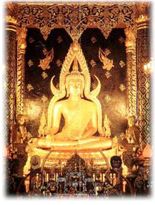
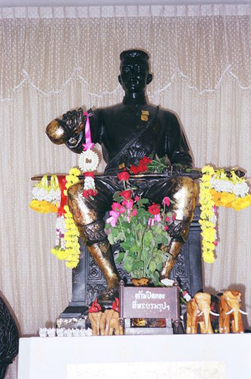

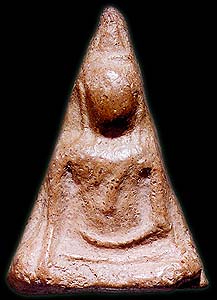
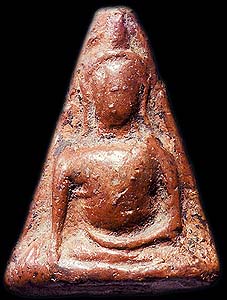
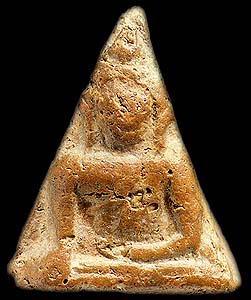
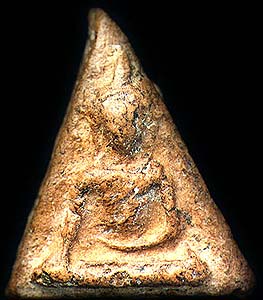
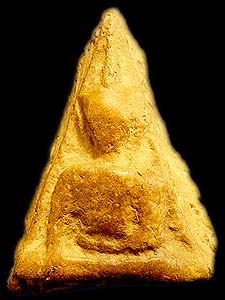
No comments:
Post a Comment